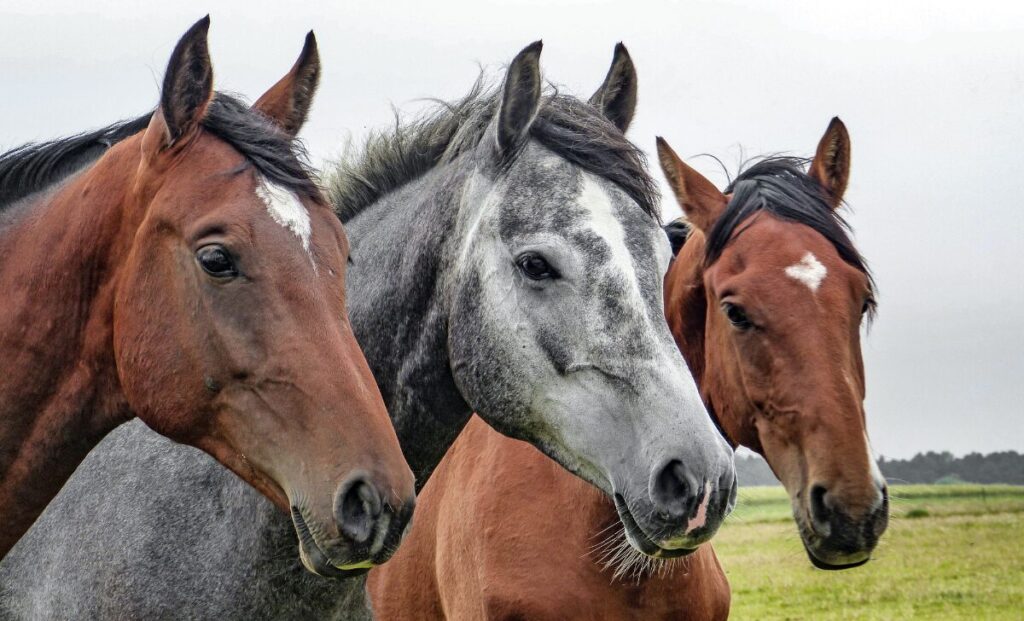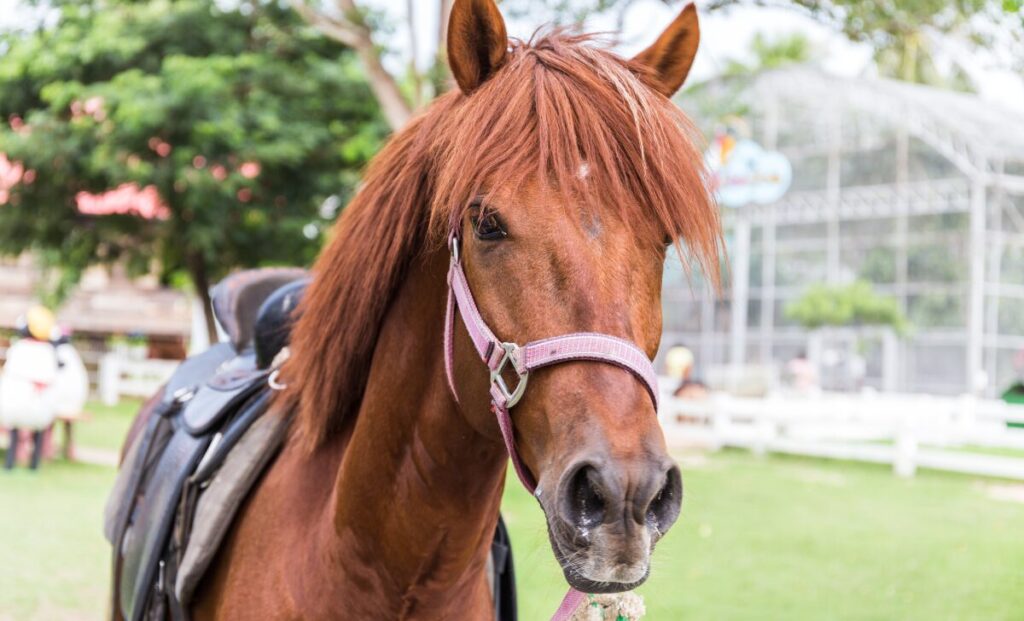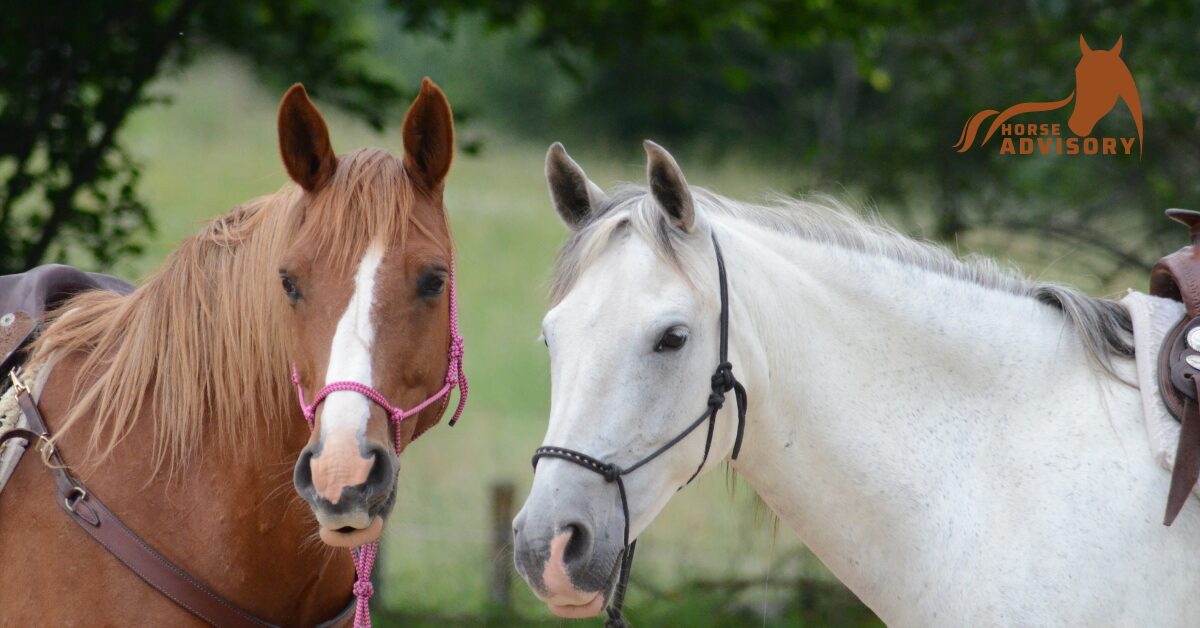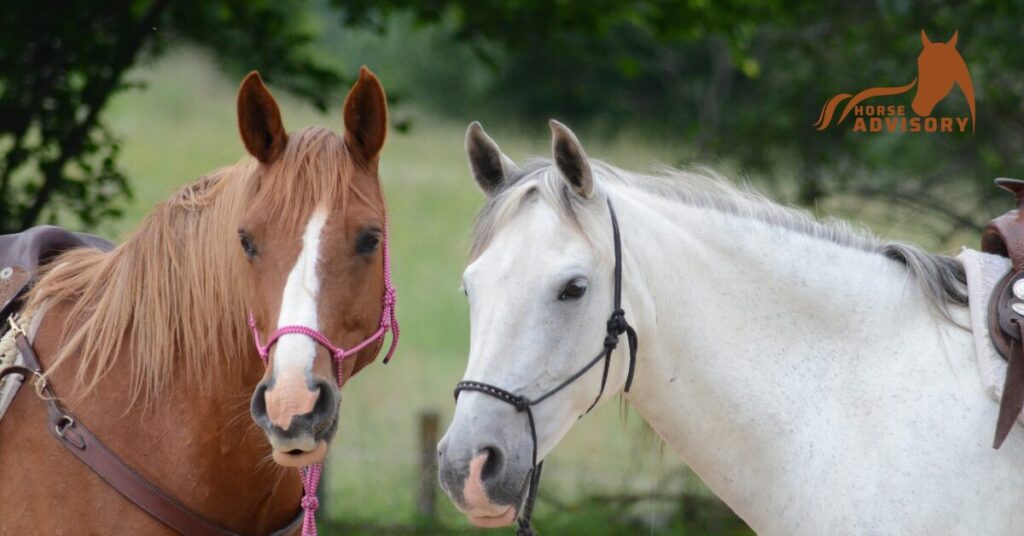Horses, known for their grace and strength, captivate us with their beauty and vitality. Understanding the lifespan of these magnificent creatures is essential for responsible horse care and management. In this guide, we explore the average lifespan of horses, factors influencing longevity, and considerations for aging equines.
What’s the Average Lifespan for a Horse?
The bond between a horse and its rider is built on trust and respect, forming a profound connection over time. For those considering owning a horse or already immersed in horsemanship, understanding the lifespan of these magnificent animals is essential.
On average, horses live between 25 to 30 years, with smaller ponies tending to have slightly longer lifespans, while larger draft horses may have slightly shorter ones. With proper care, good genetics, and attentive management, some horses can thrive well into their 30s.
In this article, we delve into the factors influencing a horse’s lifespan, including how long they can be ridden, and provide insights into measures to promote their longevity.

How To Extend The Life Of Your Horse
To ensure your horse’s longevity and well-being, proactive maintenance and attentive care are essential components of responsible horse ownership. By staying on top of preventative measures such as vaccines, de-worming, regular dental care, and farrier visits, you can help prevent potential health issues that could impact your horse’s quality of life. For instance, neglecting hoof trimming could lead to severe hoof damage, while overlooking dental care may result in discomfort and weight loss for your horse. Investing in routine maintenance not only supports your horse’s physical health but also contributes to their overall longevity and ability to serve as a reliable riding partner.
Nutritional considerations play a crucial role in supporting the health of aging horses, particularly in their senior years. Older horses may require specialized diets that include grain and chopped hay to supplement their nutritional needs and facilitate easier digestion. As horses age, they may experience tooth loss or dental issues, making it challenging for them to graze effectively. Providing supplementary feed options rich in essential nutrients can help address these challenges and ensure that your horse receives the proper sustenance required for optimal health and vitality in their later years.
Mental well-being is equally vital for your horse’s overall health and happiness. Ensuring that your horse has companionship from a pasture mate and ample turnout time can significantly impact their emotional and mental state. Horses thrive on social interaction and physical activity, and prolonged periods of isolation in a stall can lead to boredom, depression, and diminished physical health. Promoting mental stimulation and socialization through adequate turnout and interaction with other horses can enhance your horse’s well-being, fostering a positive environment that supports their mental and emotional health as they age gracefully.
How To Determine The Age Of A Horse
The age of a horse can be determined by examining its teeth, much like with other animals. A young horse’s teeth offer a more accurate estimation of age compared to those of an older horse due to the various factors that affect dental development throughout a horse’s lifetime.
At birth, a foal does not have visible teeth in its mouth. Over the first nine months of life, the foal’s baby teeth, also known as milk or temporary teeth, gradually emerge. Between the ages of 2 and 3, these baby teeth start to be replaced by permanent, or adult, teeth, a process that continues over the next few years until the horse possesses all its permanent teeth by around 5 years of age. The sequence in which baby teeth are replaced by adult teeth allows for a relatively accurate age determination in horses under 5 years old.
One method of approximating the age of an adult horse involves observing the shape of its teeth. Young permanent teeth typically exhibit concave shapes with distinct depressions referred to as “cups.” Through approximately 12-14 hours of daily grazing, the wear from this activity affects the cups on the surface of a horse’s teeth. By the time a horse reaches 10 to 12 years of age, these cups generally become worn flat, providing further clues to the horse’s age.
Additionally, the angle of a horse’s teeth serves as another aging indicator. Young adult teeth tend to be straight, but with advancing age, these teeth gradually angle outward and lengthen. Around the age of 10, a feature called Galvayne’s groove may become visible near the gum line. This groove extends along the tooth’s surface and recedes as the horse enters its senior years, offering additional cues to estimate the horse’s age based on dental characteristics.
When Is A Horse Too Old To Be Ridden?
The duration a horse remains suitable for riding hinges on various factors, primarily its genetics and past. Regular veterinary care is crucial as horses age, as timely interventions can greatly influence their continued rideability.
Thanks to advancements in veterinary medicine, modern horses typically have longer riding careers compared to those decades ago. A horse in its twenties, though considered a senior, can often continue riding for several more years if it possesses good conformation and lacks significant injuries. Generally, retirement might be considered around age 25.
Genetics and past activities both impact a horse’s soundness as it ages. For instance, a horse involved in competitive jumping may experience joint issues earlier than one focused on dressage.
Early experiences are pivotal too. It’s recommended not to start a horse under saddle or subject it to heavy work until it’s 4 to 5 years old. Starting too early increases the risk of back problems since horses aren’t fully grown until age 5, and carrying tack and a rider prematurely can lead to structural issues in the spine and muscles.

Can An Old Horse Participate In Equestrian Sports?
Participation in equestrian sports poses unique considerations for aging horses, with different disciplines placing varying demands on the horse’s physical capabilities and performance longevity. Understanding when a typical horse reaches its prime in a particular sport is crucial for making informed decisions regarding competition and retirement timelines tailored to the individual horse’s well-being.
In racing circles, Thoroughbreds commonly commence their careers at a young age of 2, with their racing peak typically reached around 4 ½ years old. Due to the intensity of racing, most Thoroughbreds retire by the age of 5 or 6 to prioritize their post-competitive health and quality of life. In contrast, dressage horses require more time for training and refinement, with eligibility for the Grand Prix level beginning at 7 years old. Competitive dressage horses typically excel between the ages of 8 and 12, showcasing the importance of maturity and experience in this discipline.
Elite jumping competitions typically feature horses aged between 10 and 11 years, with fewer participants beyond the age of 14. While these age ranges provide general guidelines, individual horses may exhibit unique capabilities and longevity in their respective sports. Some horses may retire earlier than average due to various factors, while others may continue performing well into their teens or even twenties if they maintain exceptional fitness and enthusiasm for the sport. Ultimately, the decision to retire a horse should be based on the individual horse’s needs, health, and enjoyment of the activity, ensuring that their well-being remains the top priority throughout their athletic career.
How Old Was The Oldest Horse?
Old Billy, the oldest horse on record, passed away in November 1822 at the remarkable age of 62. Throughout his long life, Old Billy was a loyal companion to the same owner, serving as a barge horse and a gin horse until his retirement at the age of 59. Despite his age, Old Billy remained active and spirited, even engaging in playful interactions with younger foals in the pasture where he resided. His longevity and vitality made him a celebrated figure, immortalized through multiple paintings that captured his esteemed presence.
While it may be uncommon for horses to reach their 60s like Old Billy, advancements in veterinary care and equine nutrition have significantly extended the lifespan of horses compared to decades past. Today, horses are living longer, healthier lives, with many equines enjoying active roles well into their senior years. Thanks to progress in veterinary medicine and improved feeding practices, horses that might have been retired in their 20s years ago are now thriving and continuing to accompany their partners on leisurely trail rides, demonstrating the positive impact of modern care and management practices on equine longevity and well-being.





